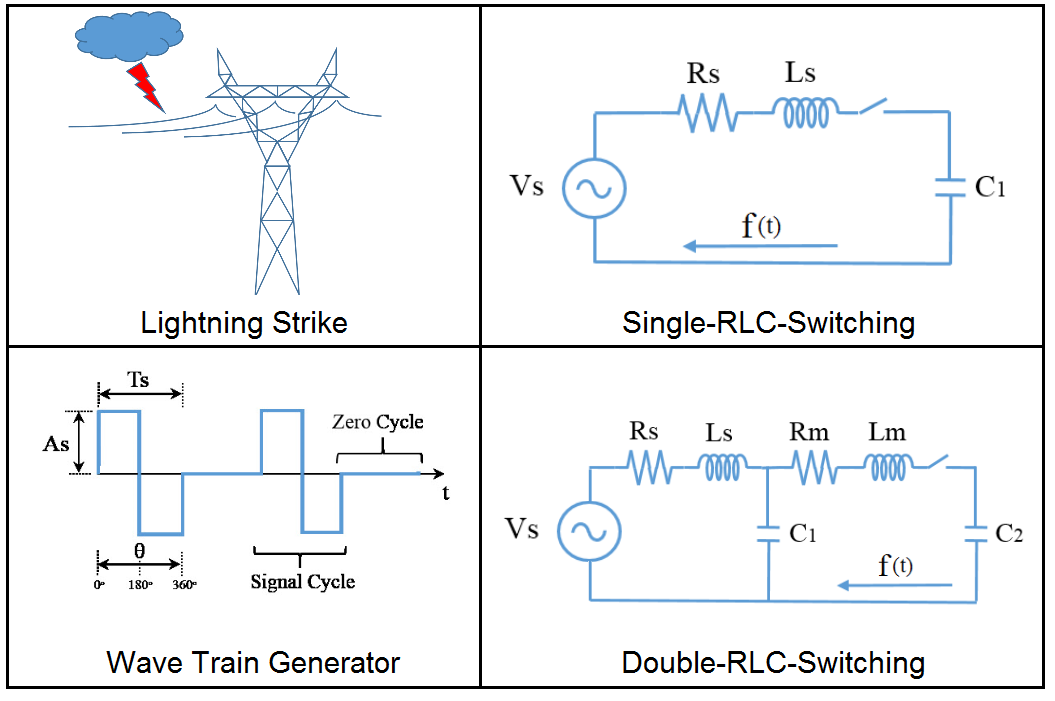FFTSES | Automated Fast Fourier Transform Analysis
FFTSES is a Fast Fourier Transform computation module designed to help SES software users automate time domain transient analyses (lightning and other transient surges) based on frequency domain results obtained from the CDEGS computation modules MALZ, HIFREQ or the Right-of-Way Pro (ROW) software package.
Technical Description
FFTSES converts the time domain input signal (from transients such as lightning or switching surges) into the frequency domain using the Fast Fourier Transform algorithm. Computations are performed in the frequency domain using CDEGS programs (MALZ, HIFREQ or ROW). Results such as electric fields, magnetic fields, scalar potentials, touch voltages, conductor potentials (GPR) and leakage currents are converted from the frequency domain back to the time domain based on selected frequencies, using the inverse Fast Fourier Transform algorithm. The process involves the sampling of the frequency spectrum, the selection of a minimum number of frequencies to be used by the programs, and related reporting and plotting functions, which are automated in FFTSES.

FFTSES automates all transformation steps from time-domain to frequency domain.
Technical Highlights
When a transient current, such as a lightning surge, strikes a facility (e.g. a building, substation, tower, etc.), the following safety concerns often need to be addressed:
The FFTSES module, together with frequency domain software such as HIFREQ, can provide accurate solutions to both spatial and temporal distributions of the scalar potential and electromagnetic fields near grounded structures subjected to a transient surge excitation. These solutions help design grounding systems where touch and step voltages are within acceptable limits. They also help minimize equipment damage by reinforcing the bonding and grounding system or simply by relocating equipment within the substation to places where electromagnetic field strength is relatively low. Therefore, avoiding unnecessary expense associated with system overdesign, while still complying with relevant safety regulations and maintaining conservative assumptions with respect to the strength of electromagnetic fields and their impact throughout the substation.

